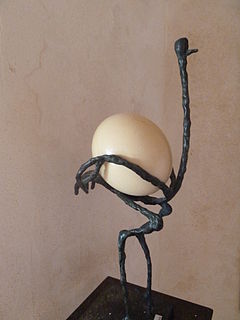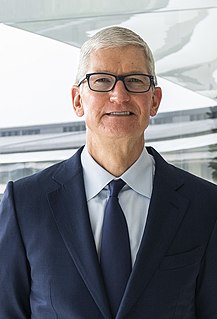A Quote by Ashok Soota
We see opportunities in the networking and telecom space, including 5G, where we see accelerated investments.
Quote Topics
Related Quotes
When it comes to making more money, most people look at the world and see the same opportunities they've seen before: typically, a job. Because they don't awaken their mind and expand their vision, they don't see other opportunities. Yet opportunities do exist. So how do you change your thinking so you can see them? One way to jolt the brain out of its preconceived category thinking is to bombard it with new experiences.
Two years ago I focused on one apartment to see how many variations you can come up with in a given space with the same parameters. I would work on this repeatedly for days and you see that there is maybe seven hundred options for one space. This exercise gives you an idea of the degree at which you can interpret the organization of space, it is not infinite but it's very large.
I'd like to reiterate that the opportunities in space are going to be vastly different than they've been before, so, for young Canadians preparing for their futures, it's important to understand that there are going to be many opportunities to work in either new space industries that are being developed or to actually go to space, to be one of the people to join our team of explorers who are going to leave lower-Earth orbit. That, ultimately, is amazing, the opportunities we'll have.
Let's face it: Most companies in most industries have a kind of tunnel vision. They chase the same opportunities that everyone else is chasing, they miss the same opportunities that everyone else is missing. It's the companies that see a different game that win big. The most important question for innovators today is: What do you see that the competition doesn't see?

































